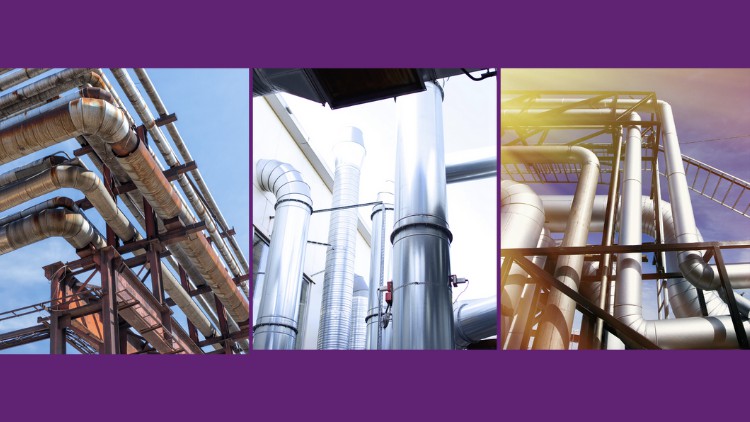
Understand how to choose the suitable pipe size for a fluid based on the required criteria
What you will learn
Learn how to calculate the main parameters used for pipe sizing
Know the common velocity criteria used for judging a pipe size
Know the common pressure drop criteria used for judging a pipe size
See how two phase flow regimes affect the pipe
See some examples of choosing the suitable pipe size
Description
Pipe sizing is one of the first major activities a process engineer carries out during the preparation of the P&ID.
Pipe size is an important factor for a well-designed process. It shall affect fluid velocity, pressure drop, flow regime,…etc.
A poorly sized pipe can cause disturbance to the whole process and may lead to plant shutdown in critical cases.
Pipe size also has a lot to do with cost, oversizing a pipe means extra cost, more complex pipe design, more foundation, even sometimes process issues.
In this course, you’ll learn how to choose the correct pipe size that works with the corresponding fluid service and compare it with velocity, pressure drop and two phase flow regime criteria.
Through this course, you’ll see how to calculate the velocity and pressure drop of a fluid in the pipe.
Then after calculating the parameters, we’ll see the expected criteria range for each service, so that we can compare them with our calculated parameters.
We’ll see also what are the two phase flow regimes and how we should deal with them.
Finally, I’ll give some examples for pipe sizing and I’ll give an Excel sheet that can guide you on how to size pipes in the future.